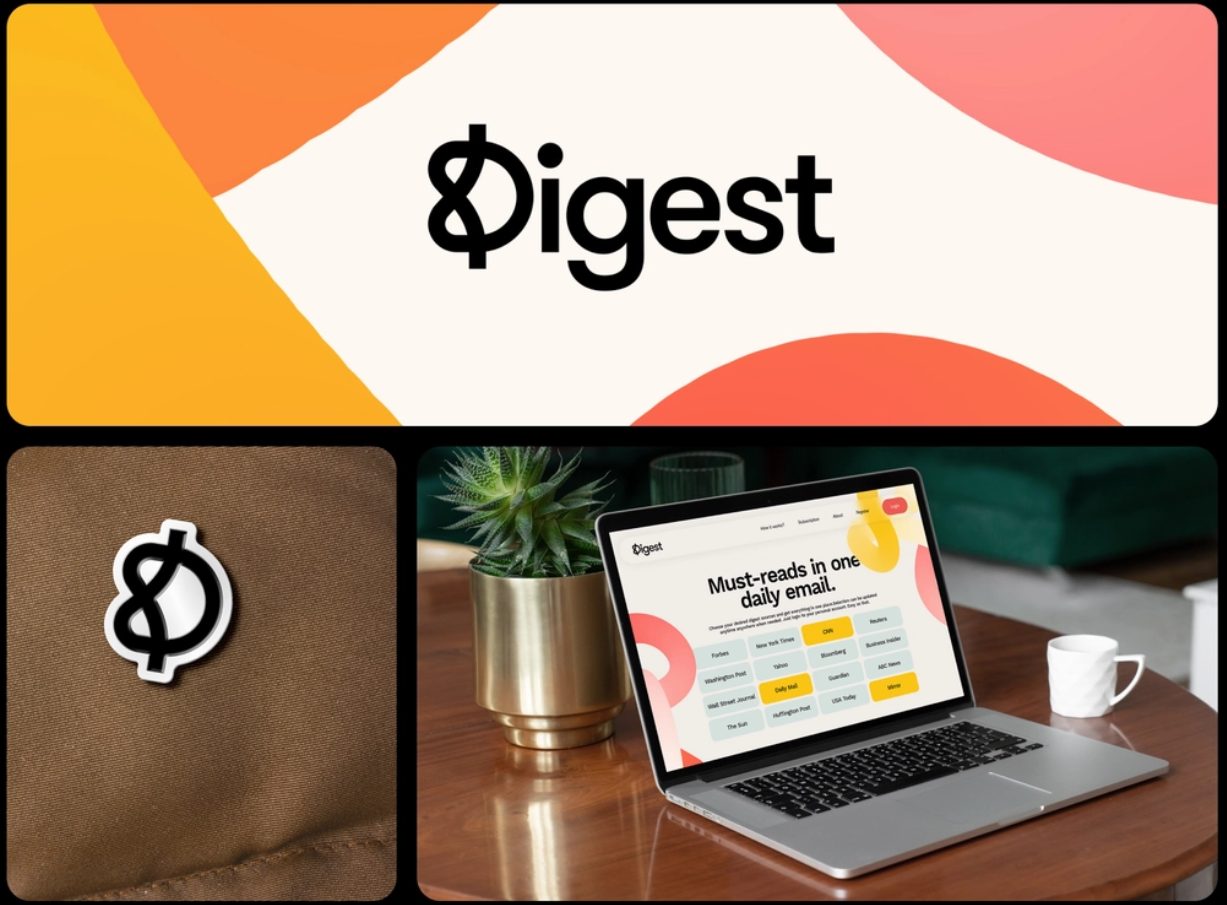New advertising technology is rising, more unique up-to-date adtech solutions are created and recent trends are formed based on modern advertisers’ requests. By analyzing the current situation, we can determine which adtech trends are emerging and becoming a booster that will dominate our market in 2023. Let’s see.
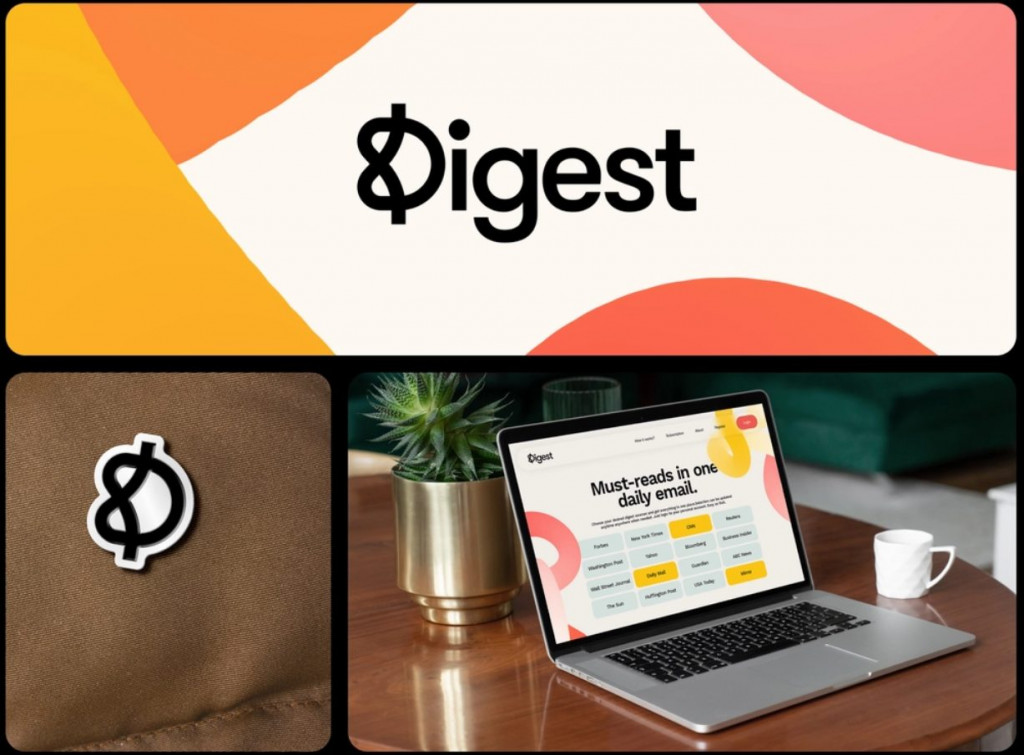
Programmatic
The use of omni-channel programmatic advertising will rise after 2023. To reach customers across various platforms, brands will use a variety of channels, including mobile, video content, display, and even voice ads.
There are three reasons for the growing demand for programmatic solutions by advertisers. First, programmatic has become the backbone of all digital media advertising over the past few years. Today, even placement with large and premium publishers is based on automation, algorithms and big data.
Second, independent programmatic platforms have firmly occupied their niche, because over the years they have proven their effectiveness, especially during a period of dramatic turbulence.
And finally, there is a tremendous growth in demand for local programmatic platforms, which is formed by the changes among large big players on the market Google, YouTube, Facebook, etc. that vary their policies depending on their market region.
Geotargeting
Another trend is geotargeting. Depending on a person’s present location in the world, geotargeting is a series of coordinated procedures used by ad platforms to manage which digital adverts the user will see. Advertisers can geotarget their ads based on a user’s country, state, city, or zip code.
To pinpoint a user’s location, digital advertising networks use signals either explicitly supplied to them in an ad request or deduced from an HTTP request. IP addresses and latitude/longitude, or simply “lat/lon,” are examples of these signals. This way, the publishers may include these signals as query string arguments in either the ORTB bid request field or an ad request and trace their users.
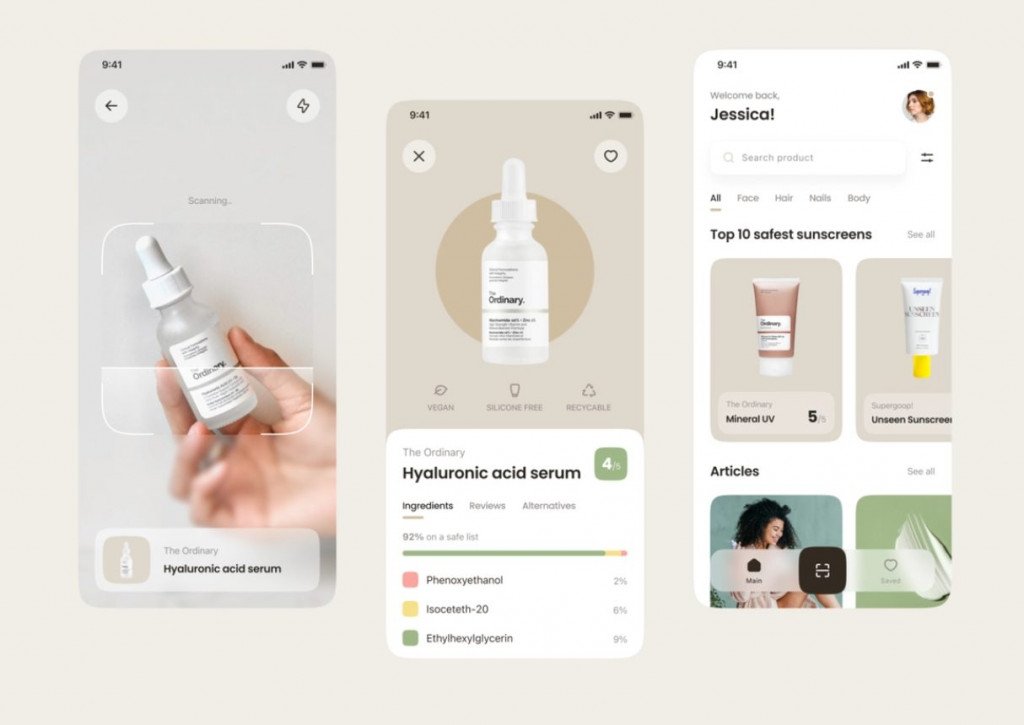
AI and Digital Marketing merge
Marketers utilize AI to estimate client demand, create customer profiles, carry out programmatic ad buying, and other backup tasks. The other is the customer-facing aspect, in which marketers employ AI to enhance the customer experience, strengthen the brand, increase sales, etc.
We see an excellent development of the OpenAI project called GPT-3 Model, this is AI in the form of a chat that can answer any questions very cool and formulate its thoughts on given topics. So far, both of these areas do not work perfectly, and require a lot of manual labor and expertise, but the dynamics of the development of artificial intelligence is fantastic.
All these directions are designed to increase the space for experiments in pursuit of higher efficiency. Very soon, such AI and digital marketing merge will provide the platforms that will offer advertisers to download a brief, provide a link to a website, and set a period and budget, and the platform will do the rest, optimizing results on the fly or even more.
Metaverse Ads
Metaverse Ads is definitely a perspective for the next 5 years. Therefore, major brands are actively experimenting with the possibilities of this channel. And, of course, in such a digital field, much attention will be paid to the algorithmic approach, personalization and working with data.
Metaverses are replacing classic gamification with their interaction mechanics and creative possibilities. We are beginning to see the implementation of complex strategies for brands’ presence in the metaverse, which use the entire possible arsenal to interact with the consumer. In the next 5 years, this space will gain great popularity, comparable to social networks today.
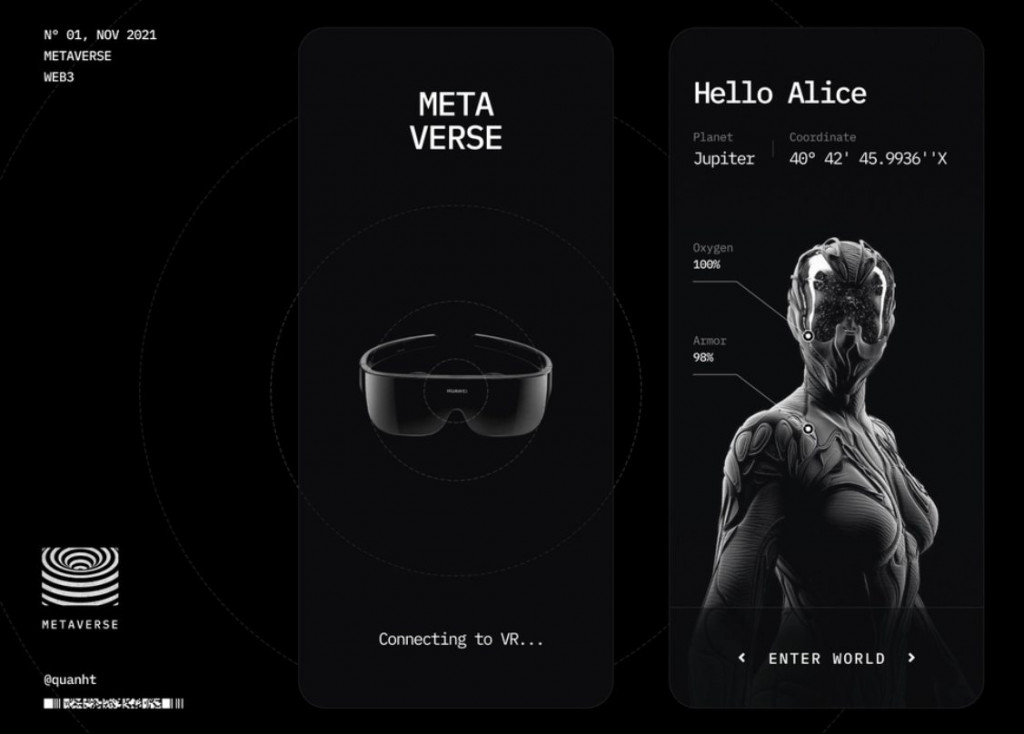
In-game advertising
With the introduction of immersive gaming, Metaverse, and 5G, there are a ton of untapped prospects in the gaming business for advertising. It presents the wide opportunities in terms of attention-based marketing. The gaming business has attracted the attention of advertisers too.
And now in-game advertising has become profitable for advertisers due to the high engagement rate. Brands will approach streamers that excel at collaborating with users on behalf of brands. Gaming businesses will need to find more creative solutions to build a long-term and viable economic model.
Hyper-personalization
Providing for your needs is an eternal trend. The adtech trend that will persist in 2023, is hyper-personalization and data analytics. AI and chat, metaverse and other disruptive technologies are helping advertisers create tailored experiences through setting smart goal, better audience segmentation and clever audience management and.
In-app advertising
In-app advertising prospects are enormous. Advertisers continue to increase in-app budgets. Smartphones are the primary source of attraction for the audience’s attention, where the dominant space is mobile applications, in which users spend most of their screen time.
Thus, In-App is a communication channels becoming a must-have for brands. The essential advantage is a wide variety of full-screen and native formats, with no extraneous details and distractions. Advertising that occupies the entire screen of the gadget is just impossible not to notice.
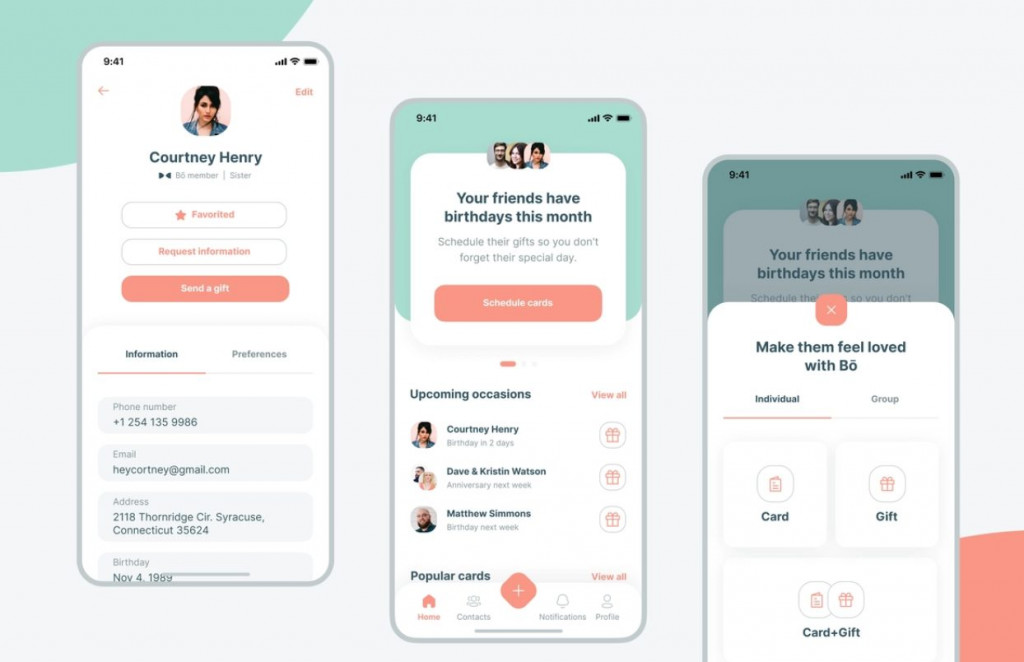
Big branded data
All significant information owners began to engage in data science, sell data outside or use it internally on their own, creating their own marketing and advertising products on their basis. The demand for quality data from branded vendors continues to grow strongly, as analytics clearly show that using this knowledge significantly affects the growth of brand metrics and the performance of indicators.
Rise of CTV measurement
Although marketers invest more in digital and programmatic advertising, the CTV ad industry is still growing.
Even though ad-tech trends and advances have brought on the movement within the category, the proportion of digital spend in total media ad spend is steadily increasing. Video commercials linked to TV, and search is what are popular with advertisers when it comes to ad spending. We’ll see a downturn in the growth of spending on mobile and display.
During 2017, the connected TV advertising industry in the US has continued to increase by double digits. The amount spent on CTV advertising will reach $26.92 billion next year and $43.59 billion by 2026.(OnAudience)
Thus, the amount of money spent on CTV campaigns will increase the proportion of CTV commercials in overall media ad spending, which is anticipated to reach 9.1% in 2026.
The latest research, however, states that the e-learning market is projected to be worth $1 trillion by 2028.
Leverage in video advertising campaigns
Marketing leverage is the capacity to use marketing to enhance an organization’s long-term targeting expansion. Businesses that use effective marketing can make money and get a return on their investment. The basic objective of marketing is to turn prospective clients into devoted ones.
High value of UX
One of the key ad tech trends in programmatic advertising is an increased interest in UX (User Experience). Marketers dramatically boost revenue and brand exposure by developing a communication strategy based on UX.
Thanks to ML tools and data science, the user, upon entering the site, receives content hyper- personalized in accordance with his purchase history, geo, interactions, intentions, interests, and socio-demographic characteristics, etc.
The advent of CDP platforms, which mix user data from the advertiser’s own sources and external data for enrichment, considerably aids in the development of UX. This increases the possibility of a sale and enables you to comprehensively understand your target market.

Cookieless approach
The next ten years will be a turning point for the data market, with a huge number of advertisers now moving to a cookieless approach, which will completely change the existing rules of the game. One of the alternatives to cookieless, Contextual (Semantic) Targeting, allows you to display ads in the context of a particular page, catching the user reading a particular article.
Advertisers are actively using this feature for more precise targeting, because content that matches the interest or intent of the user at the moment is more likely to grab their attention.
Contextual Targeting
Ads are tied to the content and platform where they are really displayed thanks to semantic contextual targeting, which also connects them to the intended audience.
Contextual (Semantic) Targeting is an approach that can combine such areas as NLP (neuro linguistic programming), CP (computer vision), and other forms of algorithmic content processing. With the help of semantic analysis, the technology allows not only to highlight keywords, but also to deeply analyze the page’s text content and all the images on it, resulting in the formation of contextual segments for targeting or anti-targeting (Brand Safety).
Brand safety
The trend to look for brand security solutions has been moving to the forefront for several years now. Brand Safety is a tool for controlling the content environment of a promoted brand to protect against reputational risks. Top advertisers have always paid increased attention to the environment in which their products were placed and used brand safety tools, but now it is becoming a necessity for the entire mass market and is gaining the status of mandatory brand hygiene.
There are three ways to ensure brand safety when placing programmatic ads:
1) technologies inside programmatic platforms,
2) solutions from external partners,
3) use of white lists and black lists.
The main restriction is that this strategy is not ideal for the biggest players, for whom the brand safety policy is highly essential, as new sites continually enter the auction and only allow a limited amount of impressions before being blocked.
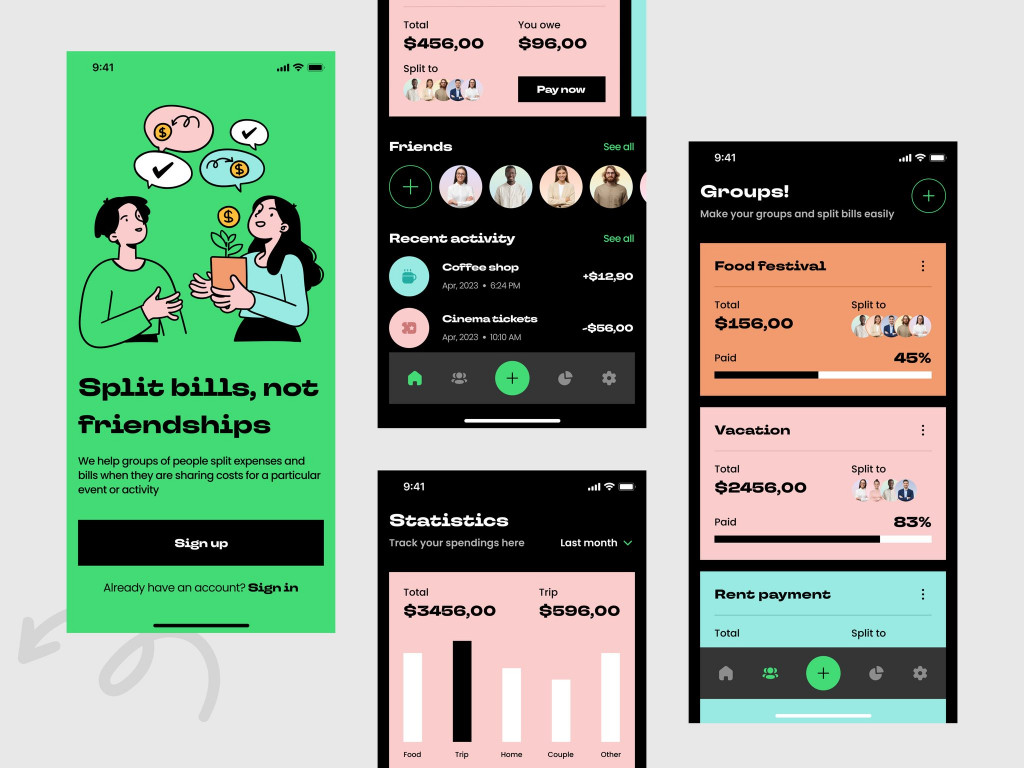
FAQs
Why is AdTech important?
Advertisers and advertising agencies may plan and evaluate their campaigns more successfully and efficiently, thanks to adtech. Adtech products and services, such as ad servers, enable a bird’s-eye perspective of an advertising campaign, providing an advertiser or agency with knowledge about the locations and performance of their ads and so much more.
Advertising campaigns must connect with audiences across all media. Advertising must adhere to its core values if it is to accomplish its goal, given that there are more people to reach and more means to reach them. The results of not doing this might be catastrophic.
What is an example of adtech?
Data management platforms, ad exchanges, and ad forecasting software are a few ыфьздуы of adtech. With the help of these new advertising technologies, brands can create customised content rapidly and for less money and time per campaign.
What are ad tech software examples?
You may come across SmartyAds, TubeMogul, Simpli.fi, MediaMath, and PubMatic, which are a few well-known adtech platforms. You should search for qualities in a platform such as transparency, interface, flexibility, and real-time analytics. They will comprise the top software examples worth using.
What are ad tech capabilities?
To assist advertisers in serving appropriate adverts to relevant audiences, adtech encompasses a variety of tools and technology, including demand-side platforms, supply-side platforms, and agency trading desks, ad servers, and ad network capabilities.
What are the benefits of AdTech?
Adtech refers to the software and technologies publishers, platforms, brands, and agencies use to target, deliver, and track their digital advertising campaigns. Platforms for adtech software assist agencies and brands in buying advertising space. They aid publishers in setting their ad space’s price and selling it effectively.
Digital advertising efforts are more accessible and more effective all thanks to ad tech. Processing massive volumes of data is no longer a barrier but rather a benefit that aids in further optimizing of your digital marketing efforts thanks to recent breakthroughs like machine learning, programmatic, etc.
By streamlining your marketing procedures and making sure everything is operating effectively, you can optimize your campaigns like never before. You’ll find fresh approaches to enhance and boost campaign success as you track down and eliminate obstacles and snags. In the end, you discover the nuances of your own marketing.
Conclusion
New technology in advertising offers a number of adtech trends and innovations for the fast pace of industry transformation. Programmatic has captured all areas of ad tech. New solutions in the field of optimization, working with big data, and analytics are constantly appearing. New formats that allow businesses to improve the quality of communication with the audience are bought via automated platforms using algorithms and data. It is crucial to keep track of new advertising technology trends and learn how to use them to communicate with the audience and improve business processes. Discover more and stay tuned to trends and products with us for a better business future.


